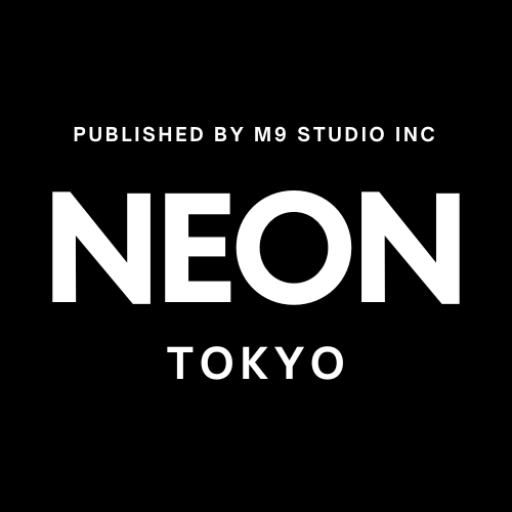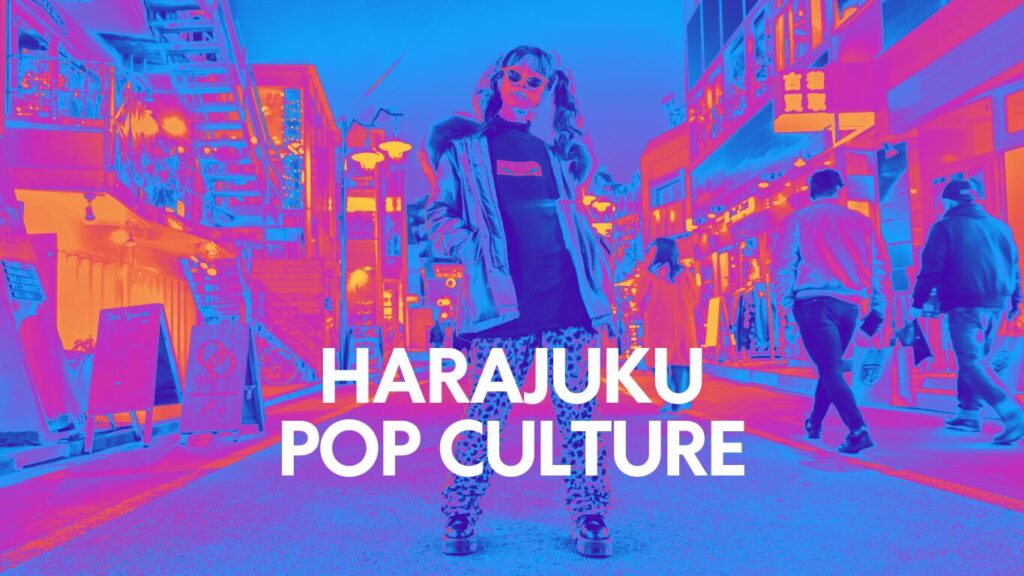
Harajuku Pop Culture Unveiled: Where Fashion, Creativity, and Youthful Energy Converge
Harajuku, nestled between Shinjuku and Shibuya in Tokyo, is not just a shopping district—it’s the heart of a global youth culture celebrated for its bold fashion statements, endless creativity, and high-octane energy. Originally a small post town during the Edo period, Harajuku has evolved over time into a cultural force, shaping fashion, music, and art worldwide. Below, we take an in-depth look at what makes Harajuku’s pop culture so vibrant and beloved.
A Brief History of Harajuku
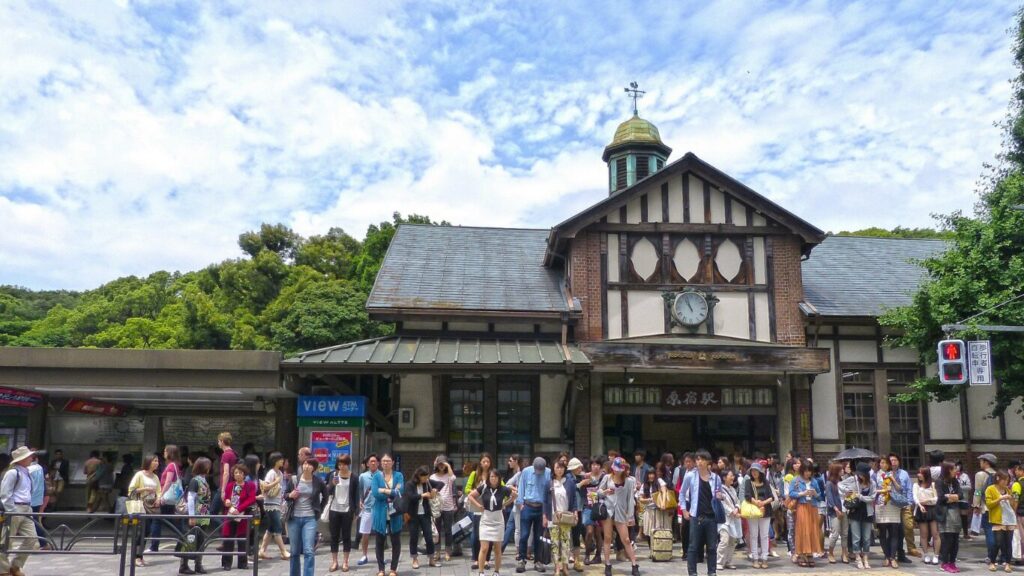
- Post-War Beginnings: After WWII, the American presence in Japan brought an influx of Western goods. This introduced new influences that attracted young people eager to explore global fashion trends.
- Emergence of Subcultures: By the 1970s and 1980s, local youth had begun congregating in Harajuku, infusing the area with fresh, avant-garde styles. Early brands like Pink House and Milk quickly became hot spots for daring fashion enthusiasts.
- Street Style Revolution: In the 1990s and early 2000s, Harajuku’s teenagers created a street fashion revolution by mixing vintage, handmade, and high-fashion pieces. These offbeat looks catapulted Harajuku onto the global radar for style aficionados.
Iconic Streets and Landmarks
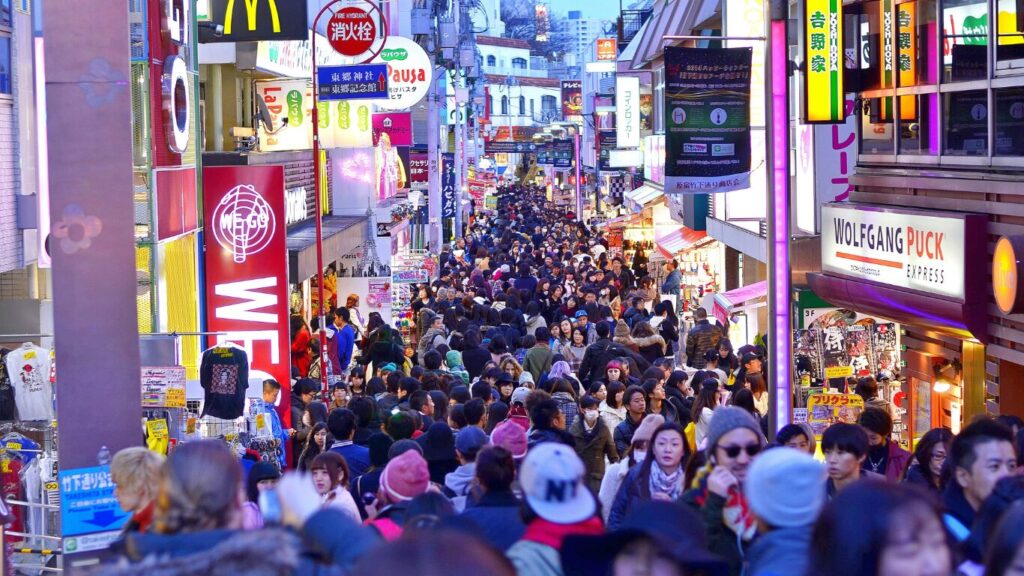
- Takeshita Street: The focal point of Harajuku fashion, brimming with affordable boutiques, accessory shops, and crepe stands. A must-see for anyone wanting to experience Tokyo’s street style in real time.
- Omotesando: Often called Tokyo’s Champs-Élysées, Omotesando is lined with high-end brands and trendy cafés. It caters to a more upscale crowd but retains the district’s signature avant-garde spirit.
- Cat Street: Linking Harajuku and Shibuya, this pedestrian-friendly street boasts indie designer boutiques, vintage clothing shops, and chic cafés—perfect for those seeking a quieter, more laid-back vibe.
Distinct Fashion Styles
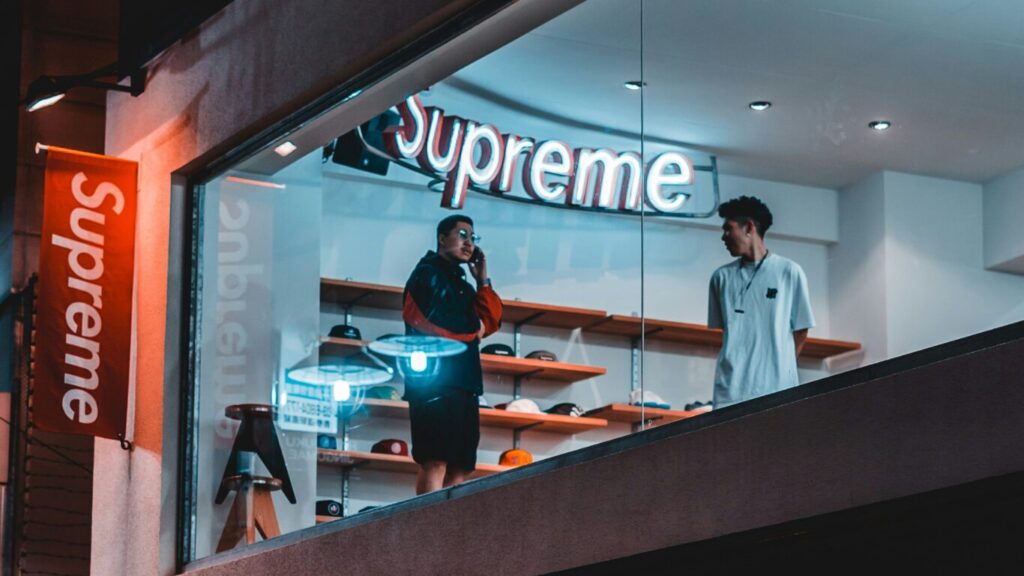
- Lolita: Characterized by ruffled dresses, petticoats, and elaborate hairstyles inspired by Victorian and Rococo fashions. Popular sub-styles include Sweet Lolita (in pastel hues) and Gothic Lolita (darkly elegant).
- Decora: Known for its “kawaii overload,” Decora enthusiasts pile on vibrant accessories like plastic hair clips, bracelets, and quirky pins. The goal is to make every inch pop with color.
- Fairy Kei: Drawing inspiration from 1980s pop culture, Fairy Kei features pastel color palettes, tulle skirts, and cartoon-inspired prints that evoke a dreamy, fairy-like aesthetic.
- Visual Kei: Originally tied to Japanese rock musicians, Visual Kei’s dramatic makeup, extravagant hair, and androgynous clothing have significantly influenced Harajuku’s broader street style scene.
Influence on Global Pop Culture
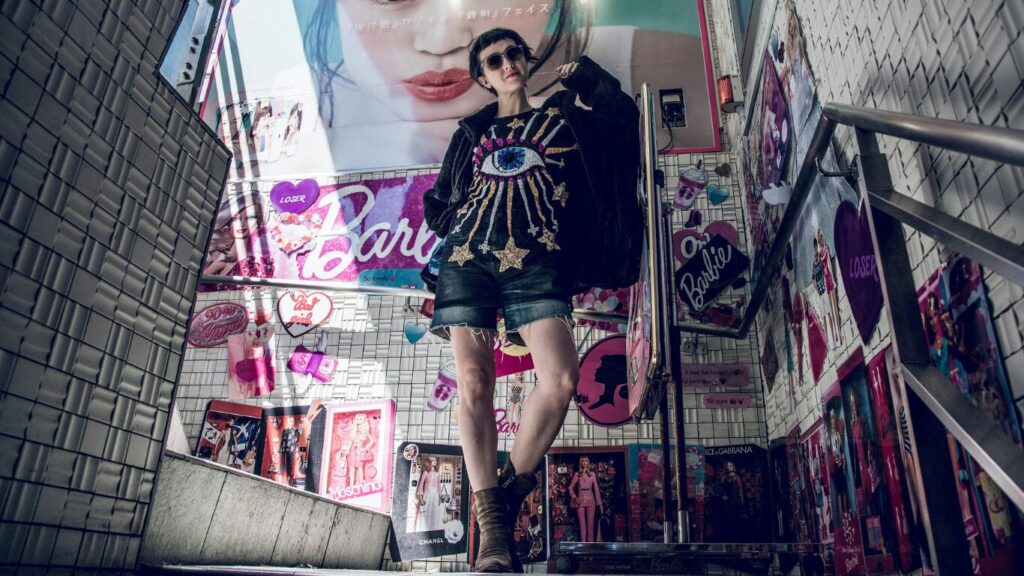
- Music and Idols: Harajuku has helped shape J-pop, anime aesthetics, and more, even catching the eye of Western artists. Gwen Stefani famously popularized “Harajuku Girls” globally in the mid-2000s, fueling international intrigue.
- Art and Media: Publications like FRUiTS and TUNE showcased everyday street fashion, turning local sidewalks into global runways. Their snapshots of real people highlighted Harajuku’s rule-breaking creativity.
- Collaborations and Brands: From haute couture to fast fashion, brands across the spectrum look to Harajuku for inspiration. Limited-edition capsules and collabs with Japanese designers keep Tokyo’s street style at the forefront of global trends.
Experiencing Harajuku Pop Culture
- Shop the Trends: Explore Takeshita Street for eye-catching outfits and accessories. Then venture into Cat Street or tucked-away alleys for limited-edition designer collections.
- Taste the Flavors: Harajuku is a paradise for sweet treats—think rainbow cotton candy and jaw-dropping crepes. Don’t miss themed cafés that merge cuisine with cosplay for a truly immersive pop culture experience.
- Join the Community: Harajuku’s magic lies in participation. Dressing up in your favorite style—or blending multiple subcultures—lets you become part of the district’s living, breathing art scene.
The Future of Harajuku
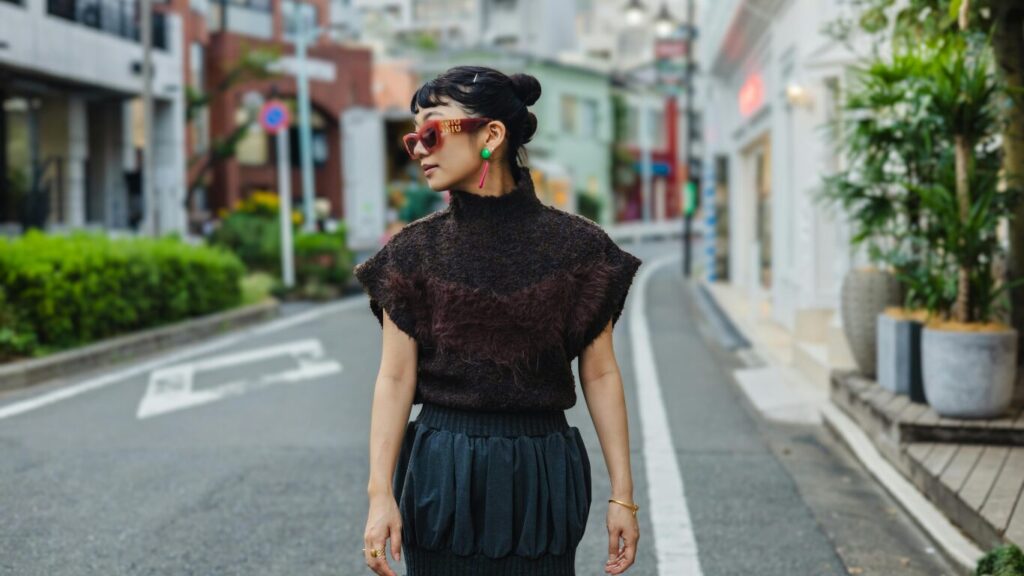
Although fashion trends shift rapidly, Harajuku’s essence—unbridled self-expression and youth-driven innovation—remains constant. New waves of designers, influencers, and artists continue to reinvent subcultures, ensuring Harajuku stays on the cutting edge.
As platforms like Instagram and TikTok bring global youth cultures closer together, the district’s role as a crucible for fresh ideas will keep growing—further energizing the world’s fascination with Harajuku pop culture.
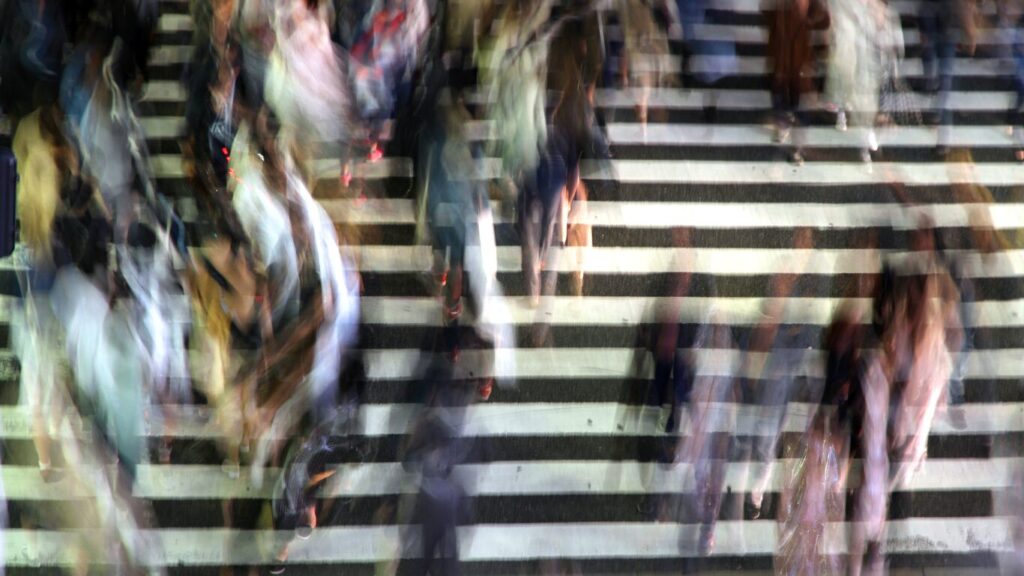
From its post-war roots to its modern status as a global fashion hub, Harajuku exemplifies fearless individuality and creative freedom. Whether you’re a fashion aficionado, a curious traveler, or a pop culture enthusiast, exploring Harajuku is a chance to witness the beating heart of Tokyo’s youth culture. And with innovative brands like PSYNYXX fueling its bright future, Harajuku stands poised to inspire new generations of style pioneers for years to come.
Top 10 Trendy Spots in Harajuku
Harajuku, nestled in Tokyo, is a vibrant district renowned for its eclectic fashion, trendy boutiques, and unique cultural experiences. For foreign visitors seeking stylish and memorable spots, here are ten must-visit locations:
- Takeshita Street
- Description: The heart of Harajuku’s youth culture, this bustling pedestrian street is lined with colorful shops, fashion boutiques, and eateries offering iconic treats like crepes and cotton candy.
- Website: Go Tokyo – Harajuku
- Cat Street
- Description: A serene alternative to Takeshita Street, Cat Street offers a mix of upscale boutiques, vintage stores, and chic cafés, making it ideal for those seeking a relaxed shopping experience.
- Website: Wikipedia – Cat Street, Tokyo
- Omotesando Avenue
- Description: Dubbed Tokyo’s Champs-Élysées, this zelkova-lined boulevard features high-end fashion boutiques, architectural marvels, and sophisticated cafés, appealing to luxury shoppers and architecture enthusiasts alike.Wikipedia
- Website: Wikipedia – Omotesandō
- Laforet Harajuku
- Description: A trendsetting department store that houses numerous boutiques, offering the latest in Japanese fashion, accessories, and pop culture items across its multiple floors.
- Website: Laforet Harajuku Official Site
- Tokyu Plaza Omotesando Harajuku
- Description: Known for its striking mirrored entrance, this shopping complex hosts a variety of international and local brands. Its rooftop terrace provides a tranquil escape with panoramic city views.
- Website: Tokyu Plaza Omotesando Harajuku
- Design Festa Gallery
- Description: An eclectic art space showcasing works from emerging artists, featuring diverse exhibitions that range from paintings to installations. It’s a hub for creativity and inspiration.
- Website: Design Festa Gallery
- Kiddy Land
- Description: A multi-story toy store offering a vast array of Japanese character goods, including Hello Kitty, Rilakkuma, and Studio Ghibli merchandise, delighting both children and adults.
- Website: Kiddy Land Harajuku
- Meiji Shrine
- Description: A tranquil Shinto shrine dedicated to Emperor Meiji and Empress Shoken, surrounded by a lush forest. It’s a serene retreat from the bustling city and offers insight into Japan’s imperial history.
- Website: Meiji Jingu Official Site
- Ota Memorial Museum of Art
- Description: A museum specializing in ukiyo-e, traditional Japanese woodblock prints. It offers rotating exhibitions that provide a deep dive into this captivating art form.
- Website: Ota Memorial Museum of Art
- Yoyogi Park
- Description: One of Tokyo’s largest city parks, Yoyogi Park is a popular spot for picnics, jogging, and people-watching. On weekends, it becomes a stage for various performers and cultural events.
- Website: Tokyo Metropolitan Park Association – Yoyogi Park
Exploring these spots will immerse you in the dynamic and stylish atmosphere that defines Harajuku, offering a blend of fashion, culture, and history that caters to a wide range of interests.
